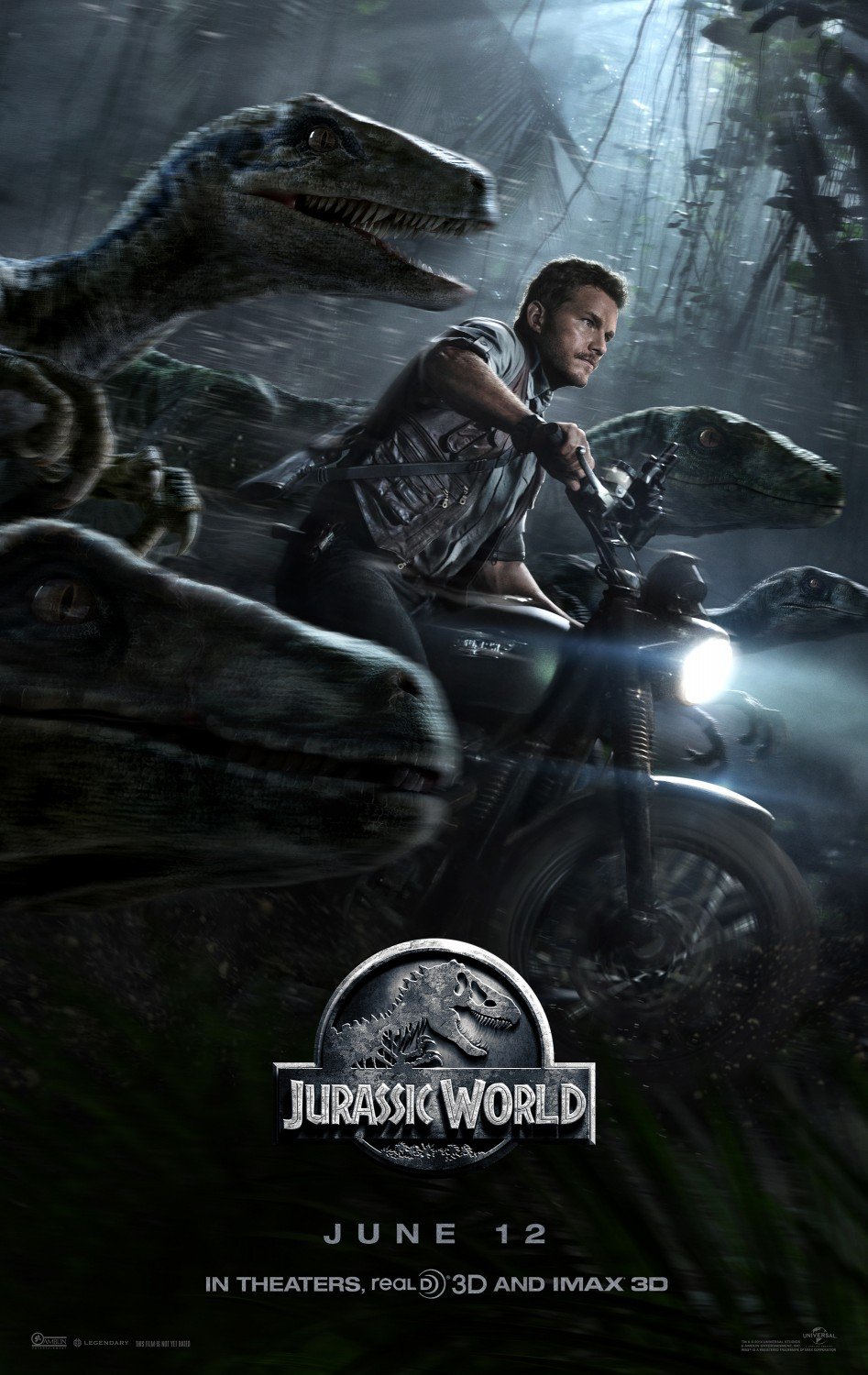I have eagerly waited for a general, comprehensive, and user-friendly introduction to the Cognitive Science of Religion (CSR) for many, many years. Finally, the book I’ve long dreamed about is here. And the result, while impressive in sheer size and scope, leaves much to be desired.
Read moreCrop circles, Superman Movies, and scraped palimpsests: Weird passages from Claire White’s “An Introduction to the Cognitive Science of Religion”
The cover of Claire White’s An Introduction to the Cognitive Science of Religion: Connecting Evolution, Brain, Cognition, and Culture. The image depicted on the cover is a “full brain tractography with artistic color” (from the back cover). The fact that a book about cognition presents itself to the readers with a neuroimaging picture is problematic, to say the least. See text for details. Source: personal collection.










